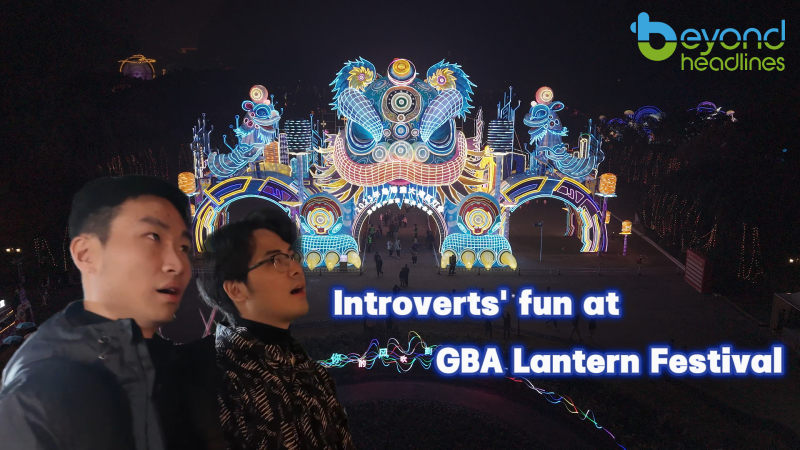The historic Ya'er Lake Grottoes in Turpan, a jewel of Xinjiang Uygur Autonomous Region, have thrown open their doors to the public after a stunning augmented reality (AR) digital revival.
Once a vibrant Buddhist monastery, these 1,500-year-old caves—carved into the cliffs in the 5th century—boast breathtaking murals and rare multi-language inscriptions, featuring Chinese, Old Uygur, and even the ancient Sogdian tongue of Silk Road traders.
Carved into two tiers, the grottoes reveal their past: the upper level hummed with monks in deep meditation, while the lower chambers likely buzzed with daily monastic life. Today, Cave 4 and Cave 7 invite explorers to wander through history.
Nestled within the Jiaohe Ruins—a UNESCO World Heritage Site since 2014—these grottoes are part of one of the world’s largest and most pristine ancient clay cities, a Silk Road treasure frozen in time.
The high-tech restoration brought the past to life: experts scanned every curve with 3D imaging and HD photography, crafting a digital twin of the caves.
Born in the Sixteen Kingdoms period (222-589), the grottoes dazzle with vibrant Buddhist art and linguistic echoes of the Silk Road’s golden age. For history buffs and adventurers alike, this is a portal to an ancient world—now more vivid than ever.



![[China Travelogue] Step Back in Time: Xinjiang’s Ancient Ya'er Lake Grottoes Reopen with Digital Splendor](https://img.beyondheadlines.hk/articles/cover/20250411/5ac072753e91adc34ac017c232312502.jpg!w800)




![[GBA Highlights]"Timeless Treasures: Persia's Golden Legacy Lights Up Guangzhou in Rare Cultural Spectacle"](https://img.beyondheadlines.hk/articles/cover/20250407/9642c79140b029fc2276ee280b193fca.jpg!w800)




